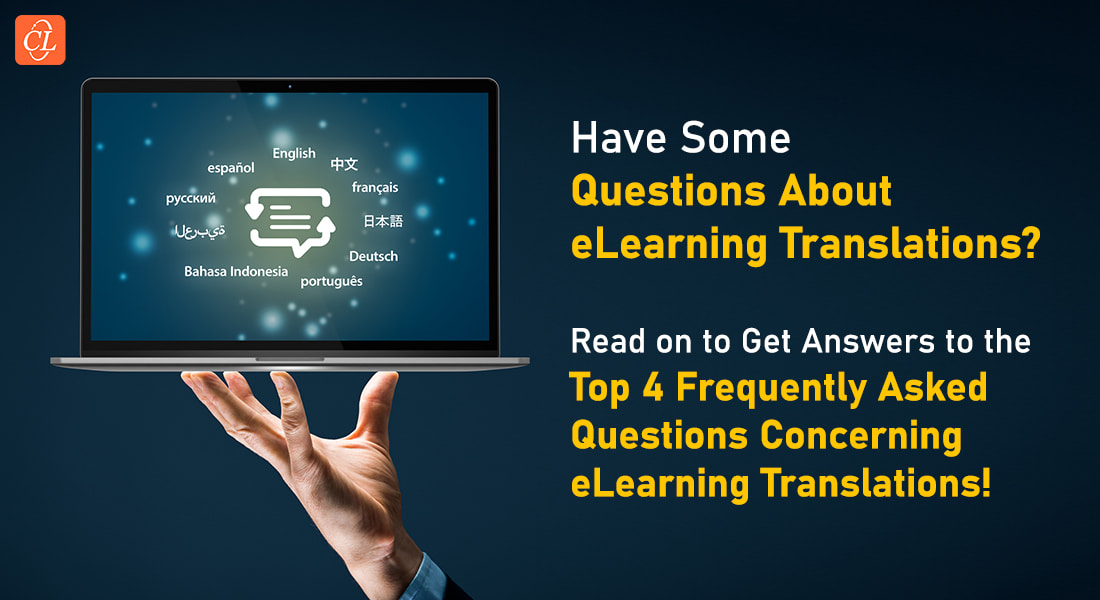5 Tips for L&D Pros for a Winning Employee Induction Program [Video]
![5 Tips for L&D Pros for a Winning Employee Induction Program [Video] 5 Tips for L&D Pros for a Winning Employee Induction Program [Video]](https://blog.commlabindia.com/hubfs/Imported_Blog_Media/ld-tips-plan-successful-employee-induction-program-video.png)
Are you a learning and development professional tasked with planning an employee induction program? Congratulations, you hold the key to ensuring new employees hit the ground running and feel welcomed into your organization. But where do you start? How do you ensure that your employee induction is a success? In this blog post, I will share five tips that will help make your employee induction program effective, engaging, and memorable for all the right reasons.
So, grab a pen and paper, and take some notes because we are about to dive in!
Wish to Make Your Employee Induction Program More Impactful?
Here are 5 tips to follow
- Tip #1: Set Clear Goals for the Induction Process
- Tip #2: Establish Routines and Widely Communicate Them
- Tip #3: Incorporate a Variety of Learning Formats into the Induction Program
- Tip #4: Allow Time to Adjust and Learn
- Tip #5: Make it Enjoyable Through Fun Activities
What is Employee Induction?
Employee induction or employee onboarding is the process of welcoming a new employee to your organization. It’s an important part of the onboarding process and helps the new starter to feel settled, comfortable, and part of the team.
A good induction will cover all the essential information that the new employee needs to know, from where they can find the office kitchen to how to access their email account. It’s also an opportunity for learning and development professionals to assess the new starter’s training needs and plan how best to support them in their role.
When planning an employee induction program, it is key that the L&D professional in charge has a checklist of what to include in the program.
Here’s a video of what to include in the checklist…
Now, that you have a checklist of what the program should include, let’s take a look at some tips to help you make the program more impactful –
5 Tips for a Successful Employee Induction Program
Tip #1: Set Clear Goals for the Induction Process
The first step to planning a successful employee induction is to set clear goals for the process. What do you hope to achieve through the induction? What outcomes do you want your new employees to reach?
By setting clear goals, you can ensure that your induction program is aligned with the overall objectives of your organization. This will help to engage employees from the start and keep them motivated throughout their learning journey.
Some specific goals that you may want to set for your induction process include:
- Familiarizing new employees with the corporate’s culture and values
- Introducing them to the entire team and key stakeholders
- Providing an overview of their role and responsibilities
- Outlining expectations around performance and conduct
- Sharing important policies and procedures
Once you have determined what goals you want to achieve through the induction process, you can start planning how best to achieve them.
Tip #2: Establish Routines and Widely Communicate Them
As a learning and development professional, one of your key responsibilities is to help new employees acclimate to their responsibilities and the organization’s culture. A well-structured employee induction program should do more than just provide information; it should also help new employees feel like they belong.
One way to achieve this is by establishing routines and communicating them widely. New employees should know what to expect each day and feel comfortable asking questions when they need clarification. By setting clear expectations from the start, you can help make the transition smoother for everyone involved.
To establish routines, start by creating a schedule for the first few weeks of the induction period. This schedule should include both formal training sessions and informal opportunities for socializing and getting to know co-workers. Make sure to leave time for questions and feedback so that new employees feel comfortable speaking up if they’re struggling with something.
Once you have a schedule in place, share it with everyone who will be involved in the induction process, including managers, supervisors, and other team members. This will help ensure that everyone is on the same page and knows what to expect. It’s also a good idea to send out reminders before each meeting or activity so that no one forgets what’s on tap for the day.
Tip #3: Incorporate a Variety of Learning Formats in the Induction Program
When creating an employee onboarding program, it is key to incorporate a variety of learning formats. This will ensure that all employees have the opportunity to learn about the company and their new role in a way that suits them best.
Some employees may prefer formal learning formats such as attending lectures or completing online learning modules. Others may prefer more immersive learning formats such as storytelling or scenario-based learning or participating in discussion groups. The key is to provide a range of options and let employees choose what works best for them.
Whichever learning format you use, make sure they are relevant and engaging. Employees should feel like they are gaining useful knowledge that will help them in their new job. If the induction program is dull or irrelevant, employees will quickly become disengaged and may even start to resent it.
By incorporating a variety of learning formats into the employee onboarding program, you can ensure that all employees have the opportunity to learn in a way that suits them best. This will help to engage and motivate employees from the start, setting them up for mastery in their new role.
→ Sign Up Now: Instructional Design Strategies For Sticky Learning [Free Webinar]
Tip #4: Allow Time to Adjust and Learn
It takes time for new personnel to adjust to their roles and learn the ropes. Make sure you build in some time for this at the start of their employment. Give them an opportunity to gradually increase their workload and take on more responsibility over time. This will help them be more comfortable in their new role and prevent them from feeling overwhelmed.
Make sure you also provide adequate training and support during this adjustment period. Provide new workforces with a resource they can access to when they have questions or need clarification on something. This will help them feel supported as they transition into their new role.
Tip #5: Make it Enjoyable Through Fun Activities
When you’re planning an employee induction, it’s important to make sure that the activities are enjoyable and fun. This will help to ensure that employees are engaged and motivated throughout the process. Here are some tips to add fun and engagement to your induction activities:
- Use games and quizzes: Games and quizzes are a great way to get employees engaged and excited about the induction process. They can also help in breaking the ice and get everyone feeling comfortable with each other.
- Plan group activities: Group activities are another great way to get employees interacting and having fun. You could organize team-building activities, or even just simple icebreaker games.
- Make use of technology: Technology can be a great way to make employee onboarding activities more enjoyable. For example, you could use virtual reality headsets to give employees a tour of the office, or create an interactive app that they can use during the induction process.
- Be creative: If you’re stuck for ideas, try thinking outside the box. There are lots of ways to make induction activities more enjoyable. For instance, you can use the scenario-based learning approach for compliance training, or gamification to keep them motivated. The key is not to be afraid to get creative!
- Get feedback: After the employee induction is over, make sure to get feedback from employees on what they thought of the activities. This will assist you to improve things for next time around.
Wrapping Up
Planning a successful employee induction is a key part of any Learning and Development professional’s job. With the tips we have discussed, you should now have an understanding of the importance of communication, clarity around goals and objectives, setting expectations for new employees and ensuring that they feel welcome in their new role. By planning your induction program carefully and with consideration to all these factors, you can ensure that your new team members are able to hit the ground running as soon as possible.
Want to know more on how to onboard millennials? This eBook can help…
Download now!




![Top 4 Factors to Consider Before Implementing eLearning in Your Organization [Infographic]](https://blog.commlabindia.com/hubfs/Imported_Blog_Media/elearning-considerations-successful-implementation-inf.png)
